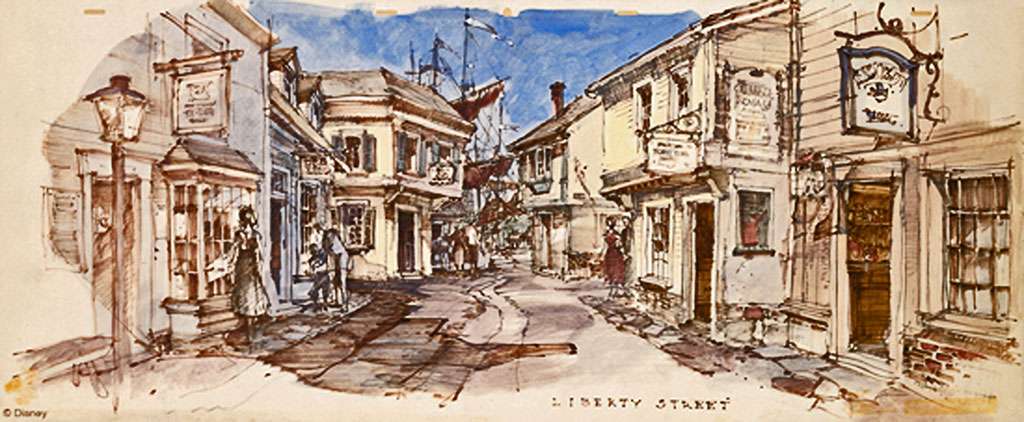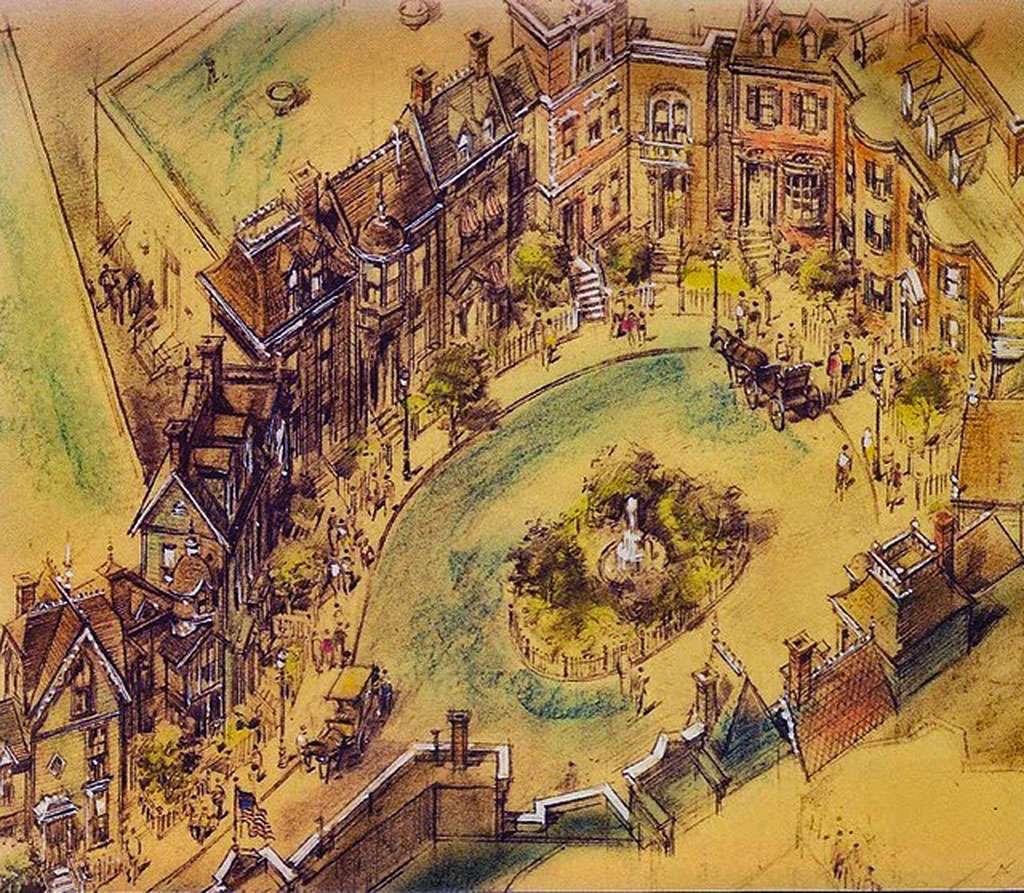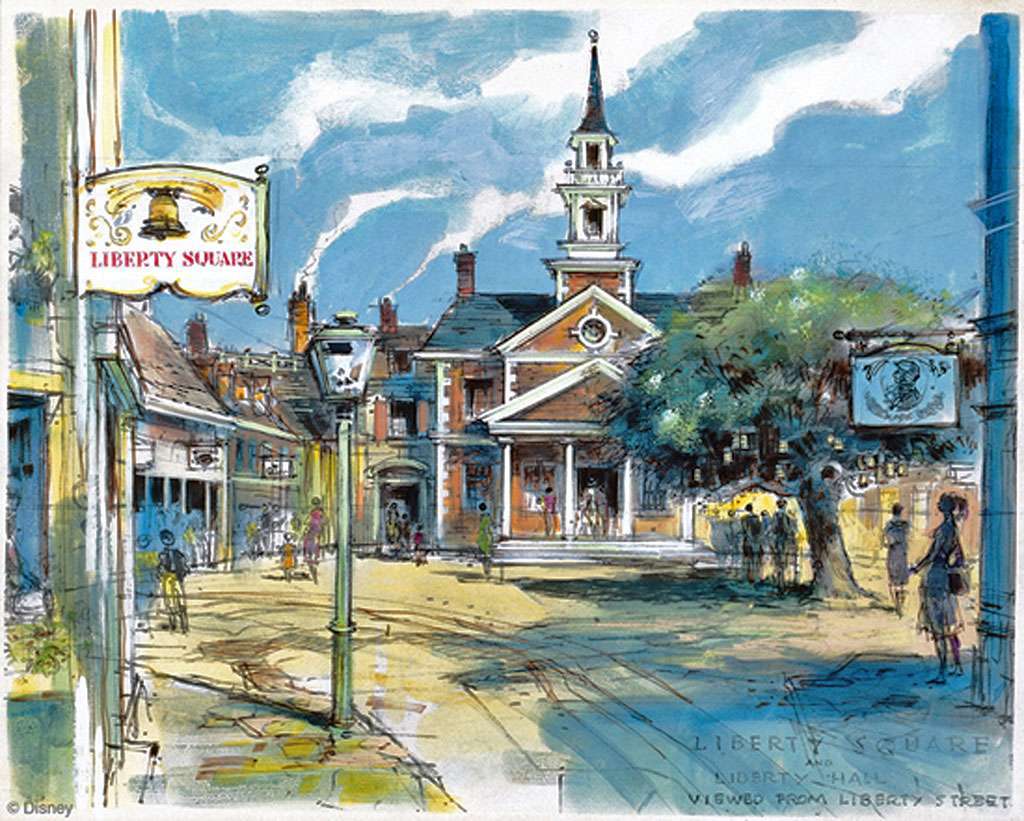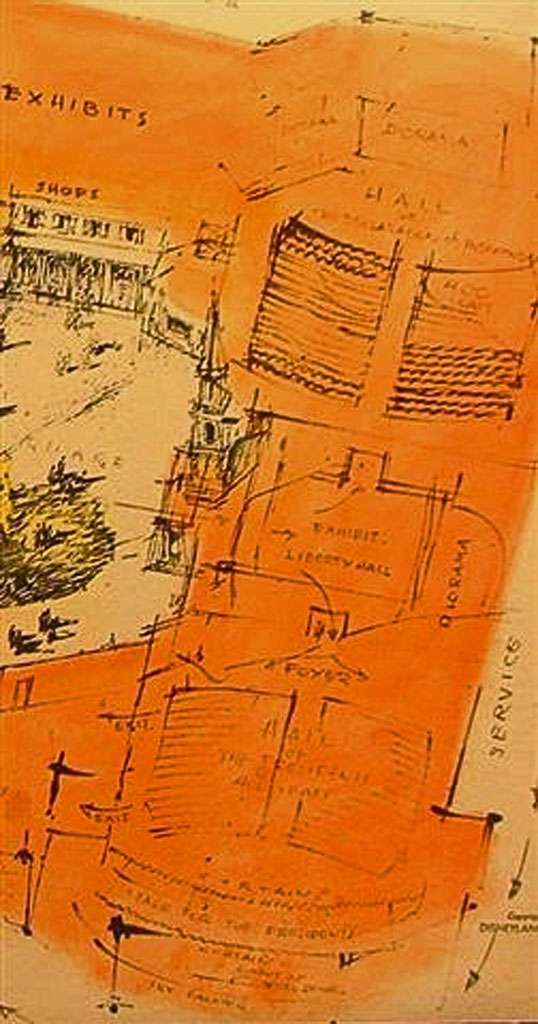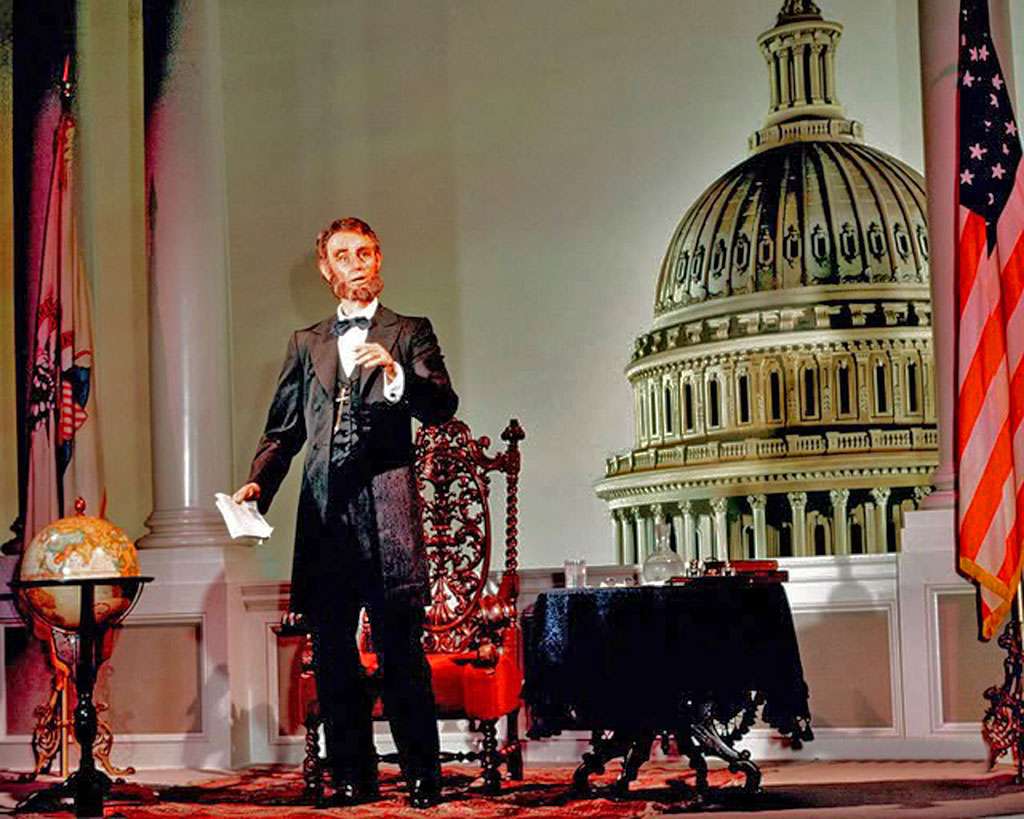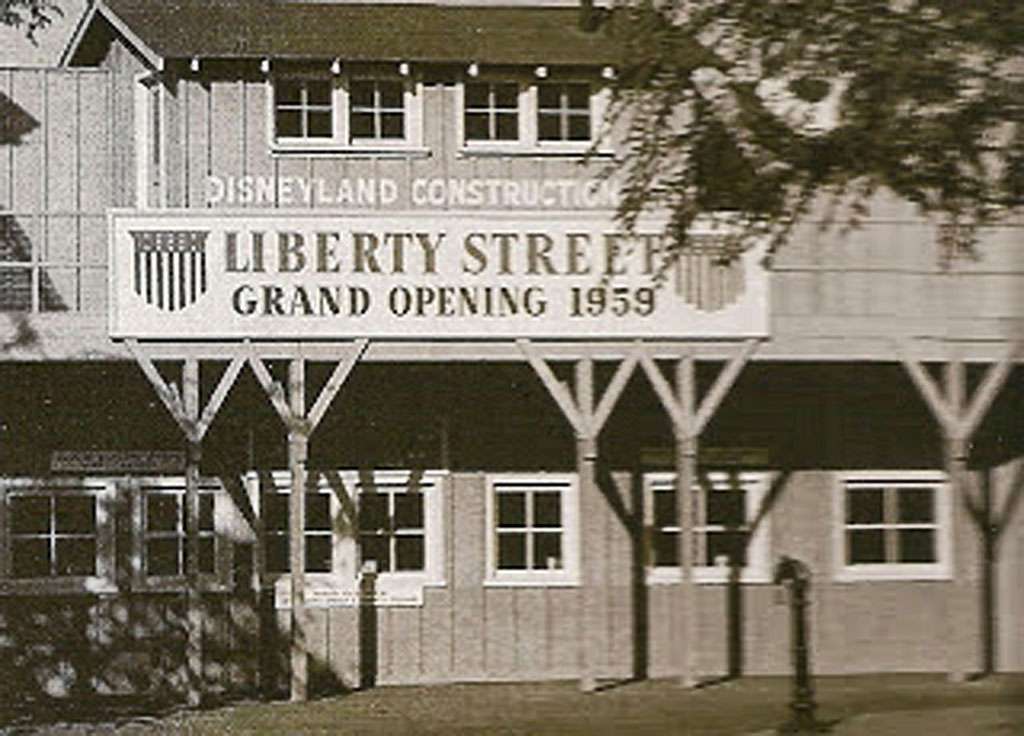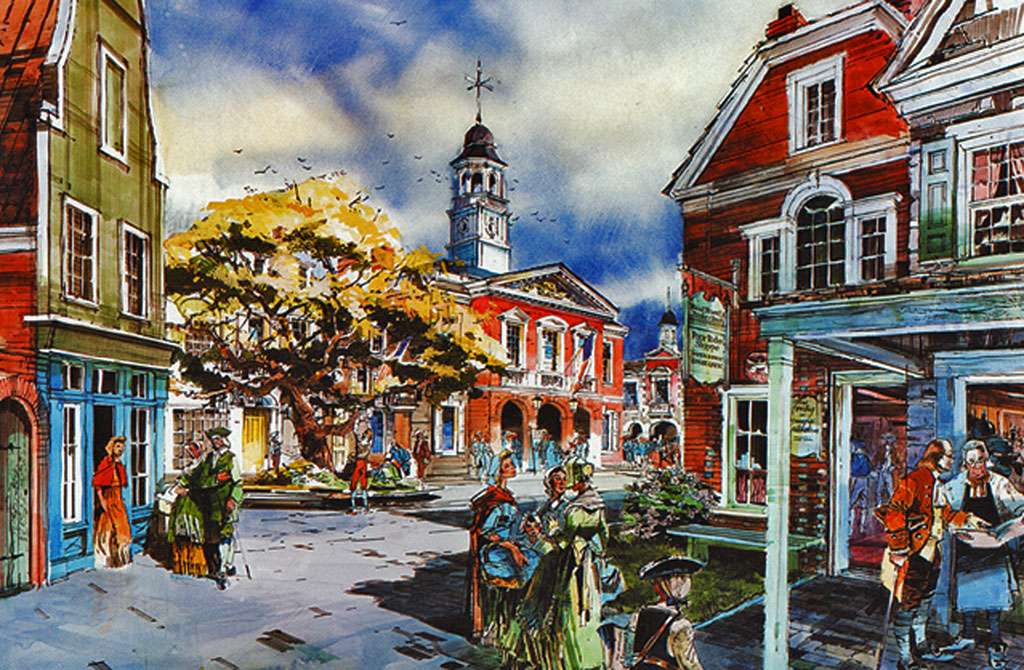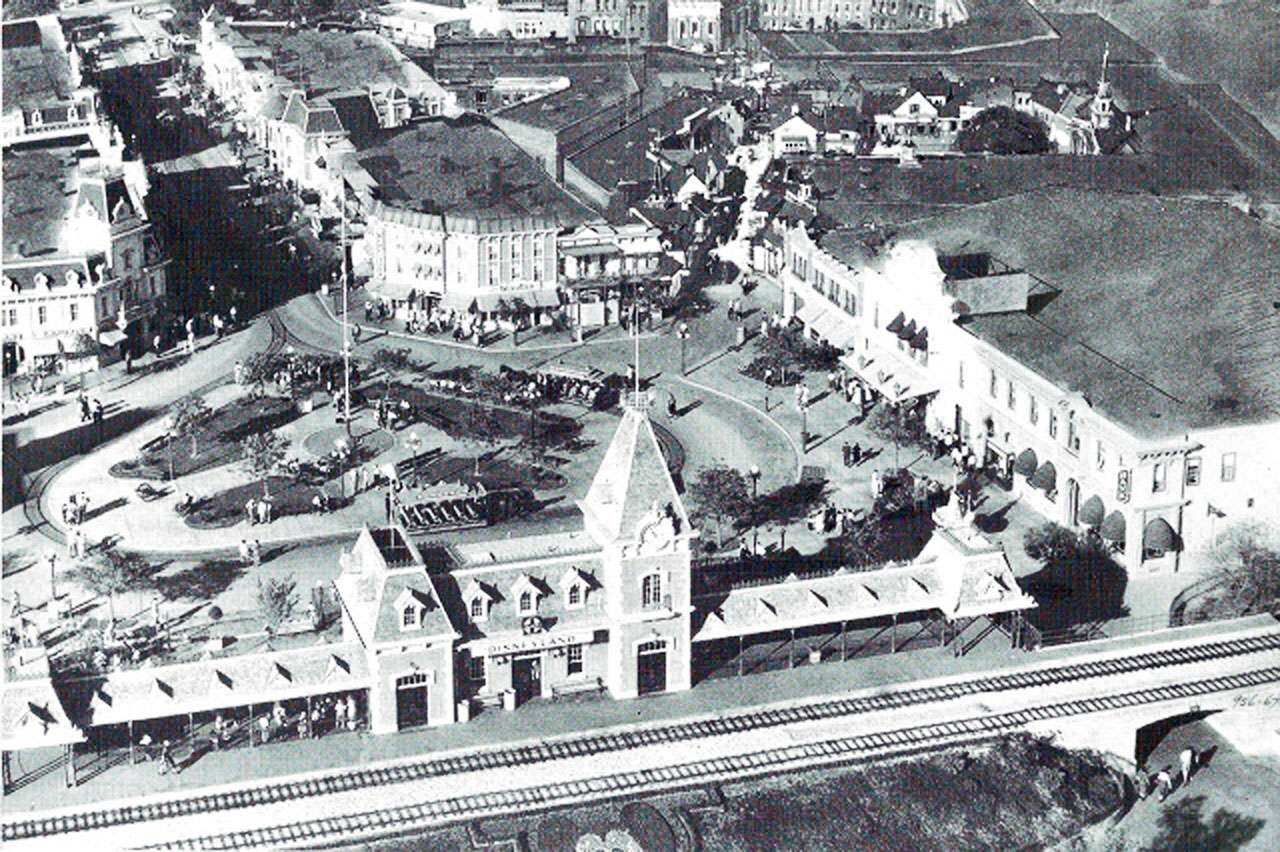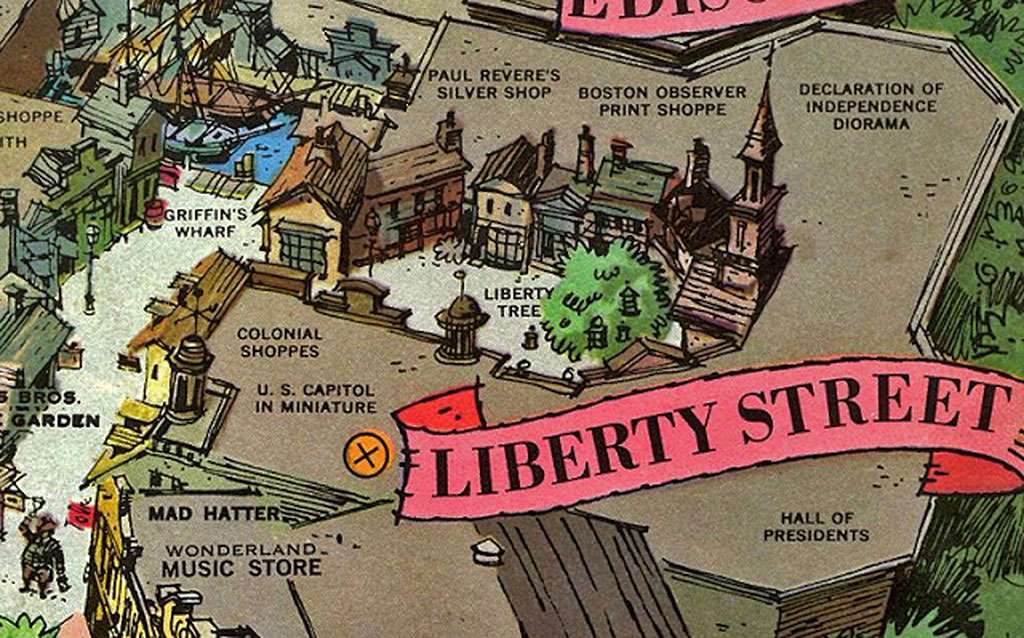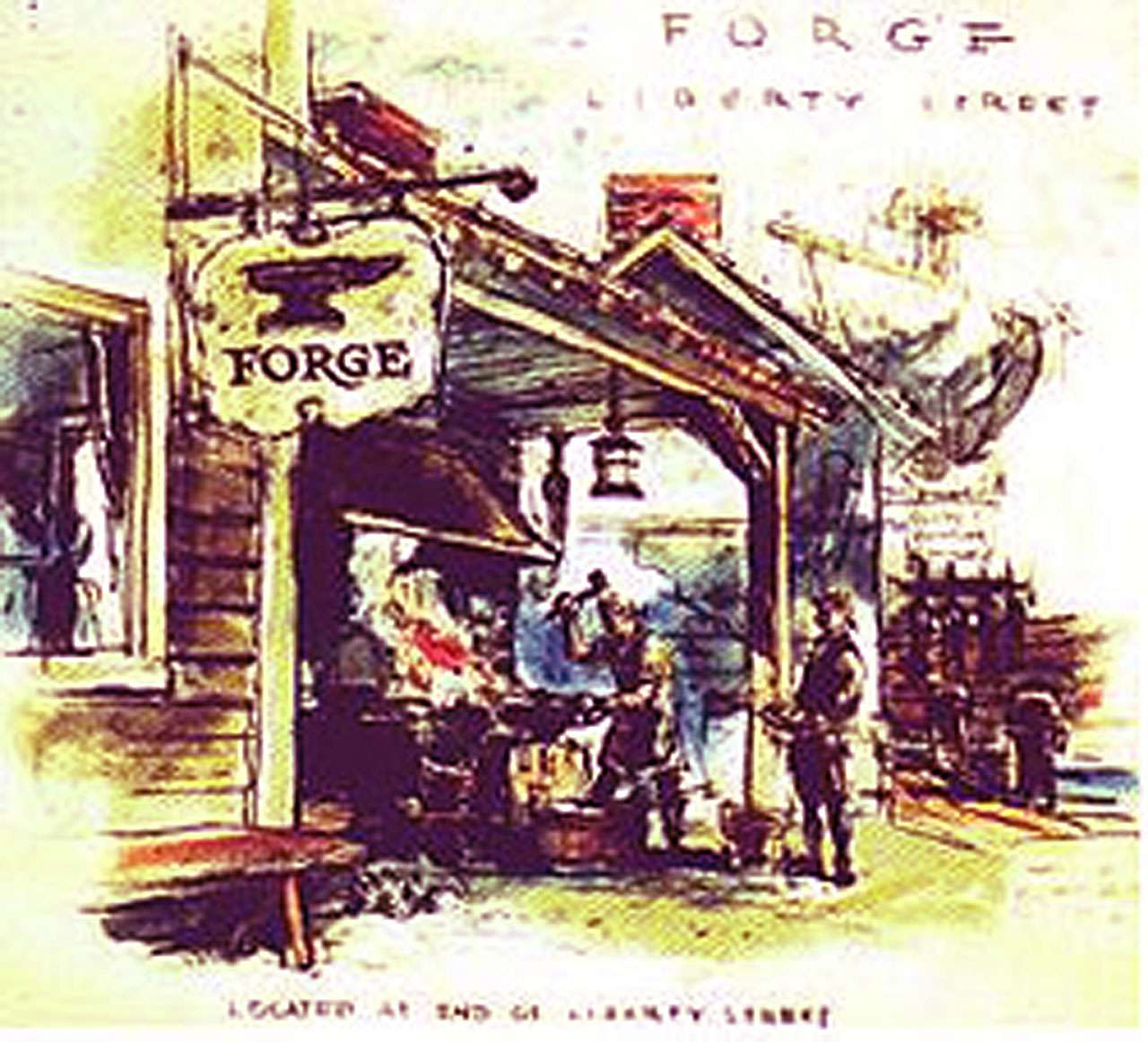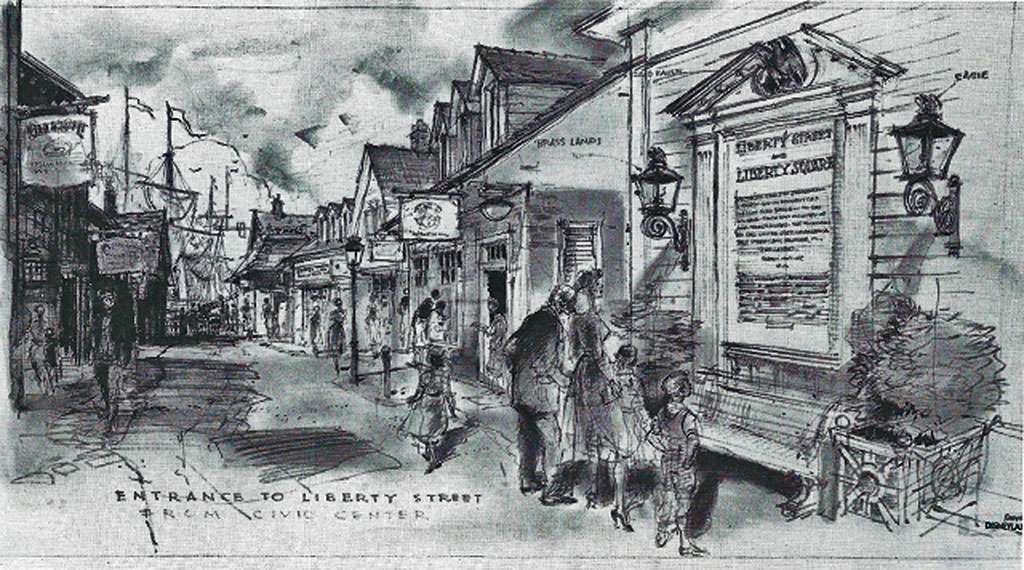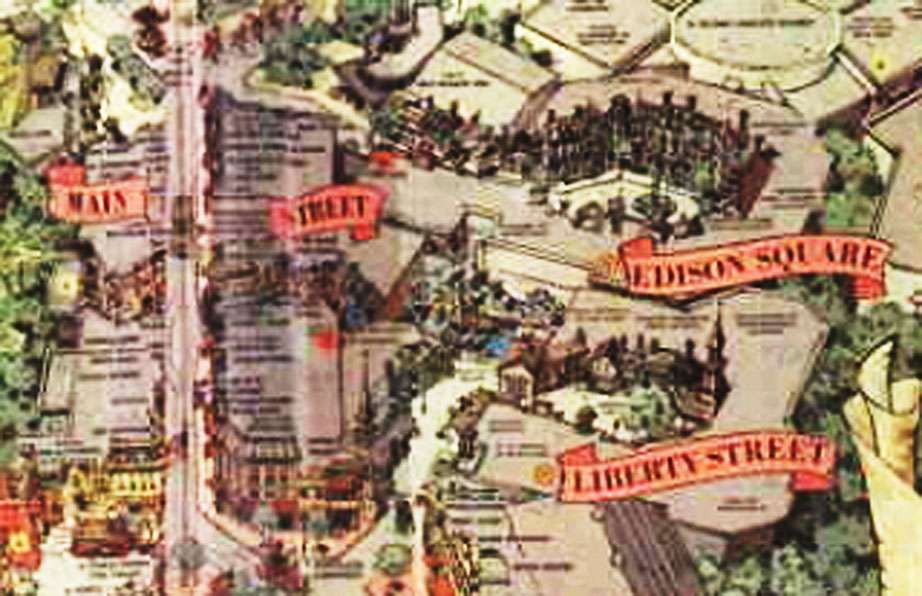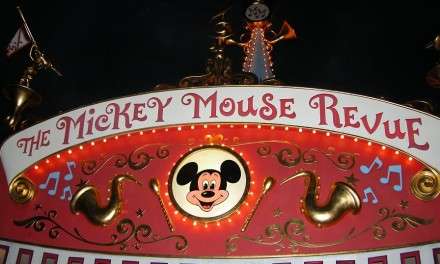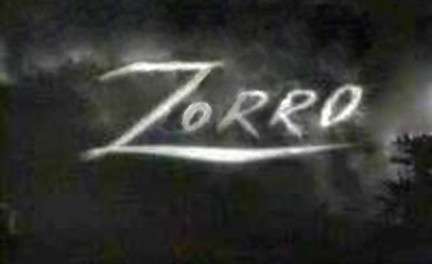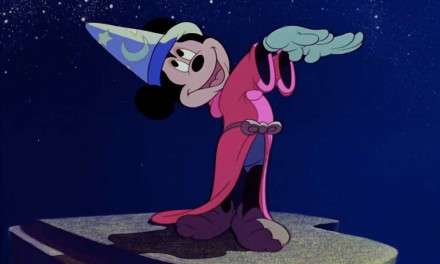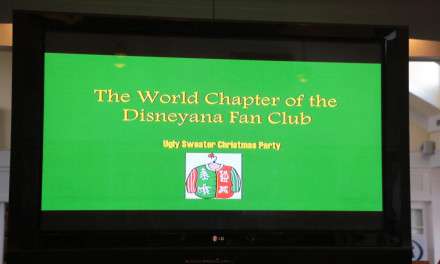As any Disney Fan knows, over the years there have been many planned attractions, shows and lands that were envisioned by Walt, and after his untimely passing, his successors that never came to fruition. Many of these planned lands were Edison Square, International Street, Chinatown and, our current discussion, Liberty Street. The reasons were varied, but perhaps the most famous dream that Walt had for his Disneyland that he never saw was the area called “Liberty Street”. Walt Disney was a true lover of America and its history. Walt once quipped that… “Actually, if you could see close in my eyes, the American flag is waving in both of them and up my spine is growing this red, white and blue stripe.” Many times at the dinner table he would engage the family in discussions about the countries founding and history. This was the motivation to create a land in Disneyland to showcase and honor our Nation’s beginnings.
In addition, Walt believed that many Americans and, unfortunately, children, never fully understood the sacrifice and history that formed the Country. He believed that this new land would instill a pride and comprehension of the country’s history. The proposals for this new area and accompanying attractions were announced in 1956, and were originally scheduled to open in the fall of 1957, coinciding with the opening of the live action Disney feature film, Johnny Tremain. The street was to parallel Main St. USA, but unlike Main St connecting to the Hub, and the other lands, it would terminate in a cul-de-sac. The Street would have started to the left of the Disneyland Opera house, its entrance across where the Mad Hatter store resides.
This street would be a marvel of architecture from 18th century Americana. It would extend westward from Town Square on Main Street, USA. As in the era of the Revolutionary War, the street would have Cobblestones along its length; which terminated at the cul-de-sac. Along the street would be a mixture of period perfect buildings from several cities during that period. It was to include exhibits and shops…i.e. glassmaker, insurance office, cabinetmaker, print shop, apothecary, weaver and print shop. All of these were as fine representation of the types of establishments thriving in the America of the time period. The original concept was to have thirteen buildings, giving a nod to the original 13 colonies. In addition, guests would get a chance to purchase items from that era and observe the working craftsman of the time plying their trades.
Ironically, at the end of the cul-de-sac would be the area known as “Liberty Square” (Where have you heard that before?) The flagship of Liberty Square was Liberty Hall (In some plans, it was called Independence Hall). Inside was the entrance to the two planned attractions of the land…Hall of the Declaration of Independence, and, Hall of Presidents of the United States. Walt also had planned to showcase in the Square a model of the Capital, made completely out of stone. The artist he purchased it from dedicated twenty-five years in carving it. The model was on display for many years at the pre-show at the Walt Disney Story Film. The common entrance foyer into the two attraction auditoriums would have had dioramas of famous scenes of the Revolutionary War.
In the Hall of the Declaration of Independence, the stirring story of the birth of the United States would be based on three scenes from three famous American paintings. This auditorium, aping Colonial architectural style, had wooden bench pews which could seat 500 guests. Overhead, lights in the shape of thirteen stars (Again giving nod to the 13 colonies) would provide the lighting. The proscenium arch would hold three framed settings occupied by sculptured, three-dimensional life-sized figures in costume. Each montage would have a narration, along with selected quotes from the Declaration of Independence, giving an account of the historic implication of each scene.
The first scene was taken from the painting by J.L.G. Ferris entitled “The Drafting of the Declaration of Independence”. Here guests would witness John Adams and Ben Franklin in conference as Thomas Jefferson drafted the Declaration. As the curtain closed, another opened to showcase the “Signing of the Declaration of Independence” from a painting by artist John Trumbull. The ending tableau was from the painting by Henry Mosler’s “Ringing of the Liberty Bell” Again, narration, peppered with quotes from the Declaration, would tell the story and historical significance of each scene.
The “Hall of Presidents” attraction would be the more primitive version of the “Hall of Presidents” in today’s Magic Kingdom. Remember, the development of audio-animatronic figures was still in its infancy. This show called “One Nation under God” would begin with lights which would get brighter and the curtains would open to uncover life-sized costumed figures of all the presidents of the United States (At the time, 34). These figures would be in silhouette, sans for the central president, George Washington. Military music would play and guests would hear Accounts of the trials, tribulations, and formation of America’s heritage, aided by excerpts from past presidential speeches. At the close, all the nation’s presidents would be seen on the mammoth stage against a rear-projected image of the United States Capitol, as a musical climax closed the show.
With all the enthusiasm Walt had for this new area, why was it never built? In addition to Liberty Street, Walt was also involved in adding other groundbreaking attractions to Disneyland. Walt decided to invest his expertise and monies into the Disneyland-Alweg Monorail, the “Highway in the Sky”, the Submarine Voyage and the world’s first roller-coaster to run on tubular track, allowing numerous cars to run concurrently on the same track, the famous “Matterhorn Bobsleds. But although Walt never did see the “Hall of Presidents” he always envisioned, again hampered by the technology of the time, was finally realized in 1971 when Walt Disney World’s Imagineering opened “Liberty Square” with its own “Hall of Presidents”. When the show opened, some recordings and scripts of the original opening show were used, completed under Walt Disney’s supervision for the original Liberty Street project in 1960.
Here are a few trivia tidbits about Liberty Square in the Magic Kingdom…1-If you look at the pavement; you’ll notice a brown stripe in the road. This represents the sewerage thrown in the streets at the time, remember, No indoor plumbing! That is why you will find no bathrooms in Liberty Square, but they are nearby in adjacent lands. 2- In the atrium of the Hall of Presidents you can see the Presidential Seal, the only place other than the White House it can be used. An act of Congress allowed Disney to display the Seal. 3- Observe the geographical progression in the Square. The Haunted Mansion represents an architectural style on the East Coast, and as you move to Frontierland, notice the changing housing styles. 4- During the Revolutionary War, England shipped no metal to the colonies, afraid it would be made into bullets. The colonists had to use all metal available, even the shutter hinges; they then had to hang them by leather straps; that are why the shutters hang at an angle. 5- Moving from the Haunted Mansion to Frontierland, the Mansion apes homes along the Hudson River in the 1700’s. As you pass by the doors on the buildings in the Square, you will see two numbers. Place an 18 in front of the number and see the year for that building. 6- Check out the Columbia Harbour House restaurant. It is on the border of Fantasyland and Liberty Square. The restaurant closer to Liberty Square, the décor is early American, the rooms closer to Fantasyland, boasts a European motif. 7- The Liberty Tree in front of the Hall of Presidents is a 35 ton, 135 old oak tree which was transplanted there by the landscapers from another part of Disney property. The tree represents the Liberty tree in the film “Johnny Tremain” and has 13 lanterns, again a nod to the original 13 colonies. 8- The Liberty Bell, also under the Liberty Tree was originally given to (All the states received a replica of the Liberty bell to celebrate the Bicentennial) Pennsylvania.
But Pennsylvania already had the original, so Walt Disney World requested it for the Magic Kingdom. Pennsylvania agreed to it and that is the bell that sits in Liberty Square. Florida is the only state to have two replica Liberty Bells. Although Walt never got to see his “Liberty Street”, “Liberty Square” would make him very proud to be an American.

